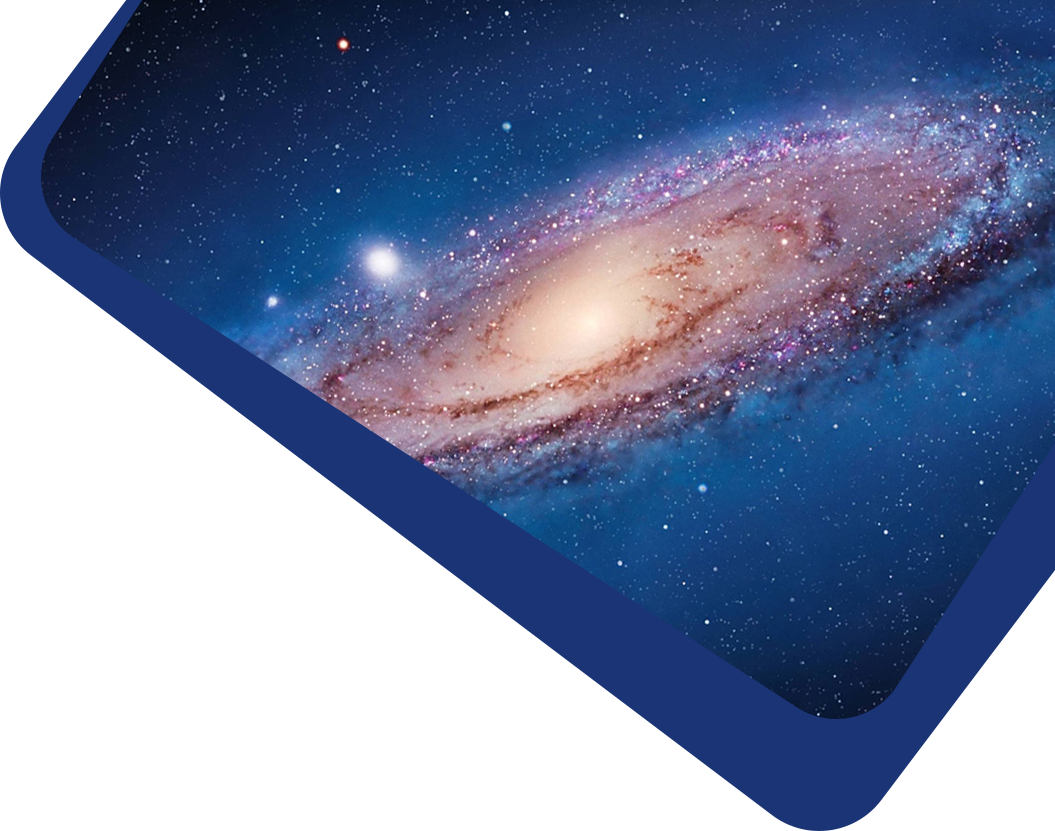The nearest GRB 170817A provided an opportunity to probe the angular structure of the jet of this short gamma-ray burst (SGRB), by using its off-axis observed afterglow emission. It is investigated whether the afterglow-constrained jet structures can be consistent with the luminosity of the prompt emission of GRB 170817A. Furthermore, by assuming that all SGRBs, including GRB 170817A, have the same explosive mechanism and jet structure, we apply the different jet structures to the calculation of the flux and redshift distributions of the SGRB population, confronting them with the observational distributions of the Swift and Fermi sources. In comparison, it is found that the power-law and double-Gaussian models could be somewhat more favored than the single-Gaussian structure, as the last one could not be very consistent with the flux distribution of the Fermi data. Nevertheless, in view of the large uncertainty of parameters, we are still unable to make a sufficiently conclusive judgement at present.



